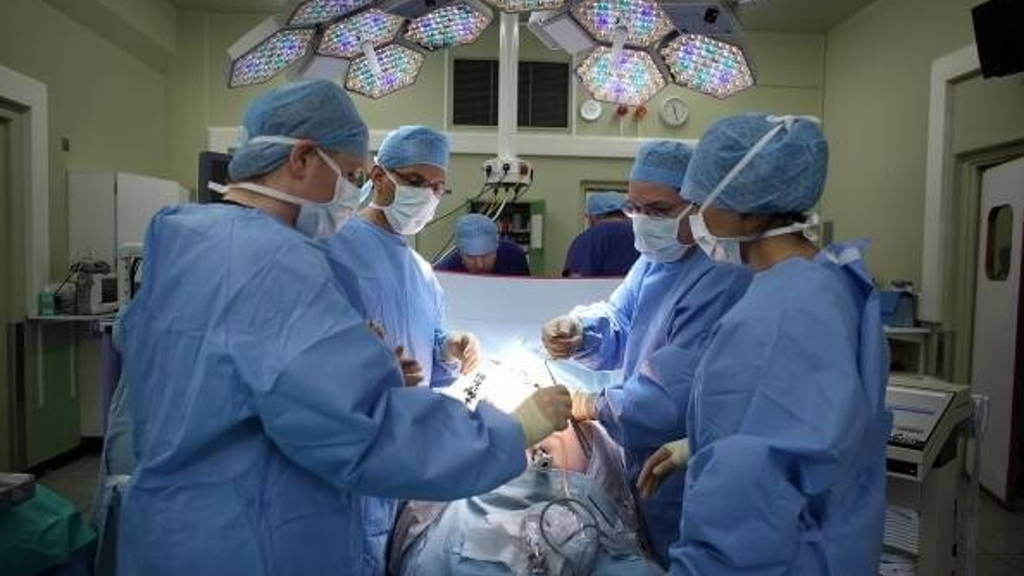Suturing and tying wounds are some of the most basic surgical skills any surgeons should possess. The machine-learning algorithm to rate the suturing skill level of a surgeon, created by researchers at the University of Georgia (UGA), can help residents to further develop their suturing skills. While the level one can reach partially comes down to talent — as is the case with every skill — every surgeon can develop a good suturing skillset by practicing. The review system rates residents and surgeons by itself, without interference of a clinician.
The video results were then examined using the OSATS standards. These results were fed into a computer, which created an algorithm based off of the results. This gave the system a basis for the ratings. The team then removed the OSATS scores and asked the system to rate suturing skills by itself. The following results were 93.2% accurate when compared to the rating according to the OSATS.
Saving time
Surgical training involves constant practice. And rightfully so, since these surgeons in training will be performing real life surgeries at the end of their residency. Residents are assessed using the Objective Structured Assessment of Technical Skills (OSATS). While the grading system reduces the subjectivity of assessment, it also takes up a lot of time, since only a few expert surgeons can do the scoring and provide feedback. The new algorithm thus could save these surgeons a lot of time. It also eliminates the subjectivity of manual assessments.Comparing machine to human
The researchers filmed 41 surgical residents and nurse practitioners suturing test boards made of foam. These surgeons and nurses wore accelerometers on their hands to capture all of the action. For knot tying, one accelerometer was attached to each hand wrist whereas for suturing, one accelerometer was attached to the dominant hand wrist and one to the needle-holder. The researchers chose to work with accelerometers to accurately capture the motions of surgeons with varying skill levels. An expert will have a more steady hand and predictable hand motions, while a beginner will showcase more irregular patterns.The video results were then examined using the OSATS standards. These results were fed into a computer, which created an algorithm based off of the results. This gave the system a basis for the ratings. The team then removed the OSATS scores and asked the system to rate suturing skills by itself. The following results were 93.2% accurate when compared to the rating according to the OSATS.








